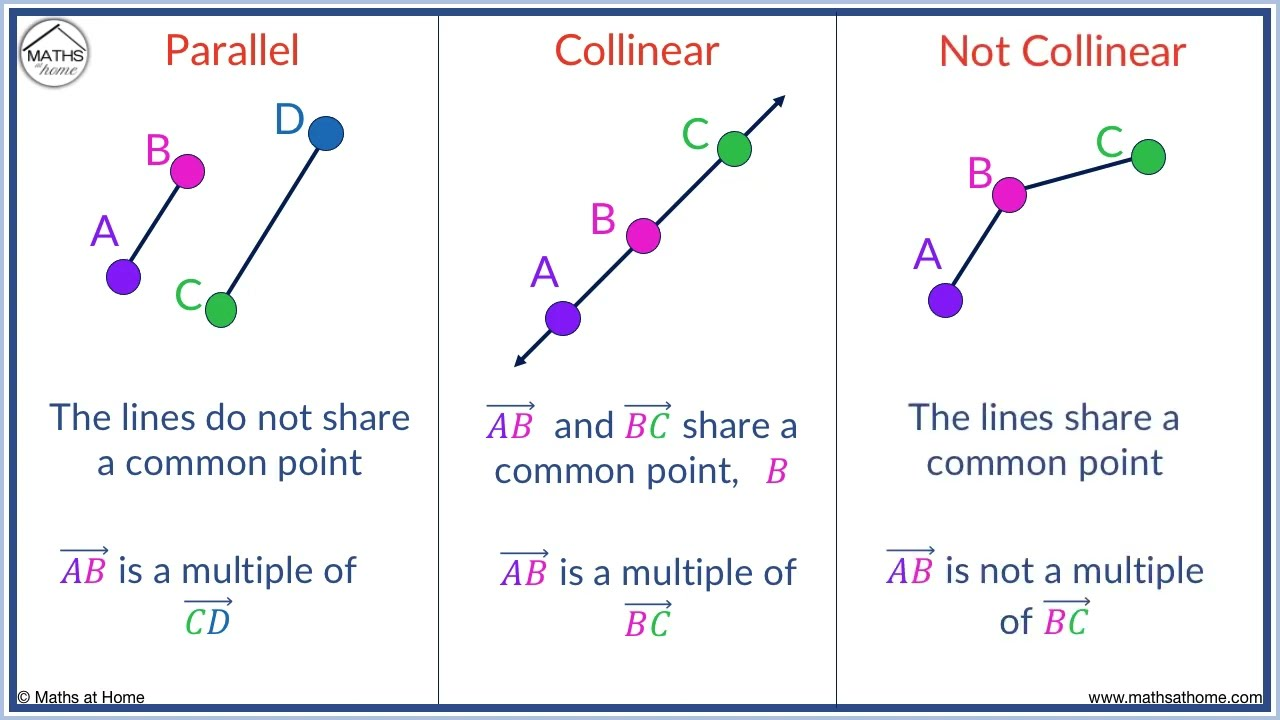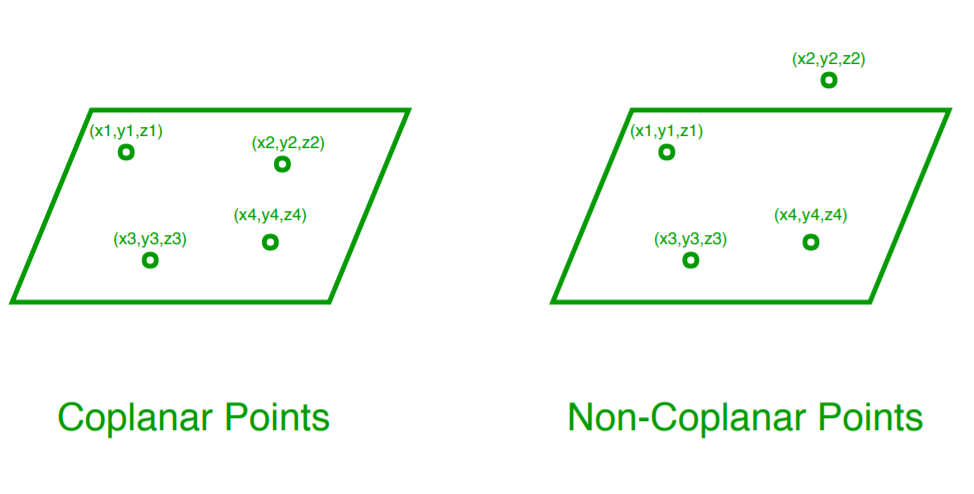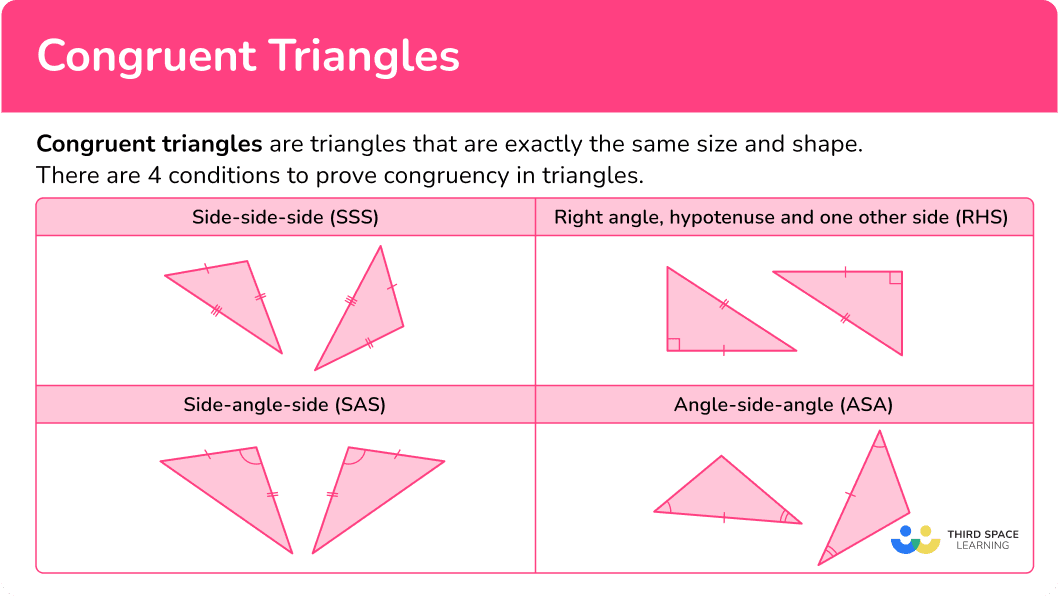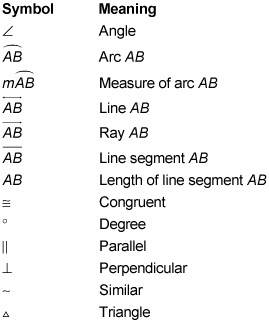Geo U2 - Basic Geo. & Segment/Angle Proofs
1/21
There's no tags or description
Looks like no tags are added yet.
Name | Mastery | Learn | Test | Matching | Spaced |
|---|
No study sessions yet.
22 Terms
U2 How many planes can pass through 3 points?
If three points are collinear then infinite
If not collinear thsn one
U2Straight angle and supplementary angle
Straight angle = 180 degrees
Supplementary angle = two or more angles that ADD to 18-
U2Reflex angle
More than 180 and less then 360
U2Congruent
Two angles are congruent if and only if they have the same measure
U2 Perpendicular, right angles
Lines that form right angles
Right angles = 90 degrees
in proofs, must have “right angle” and “definition of right angle” as separate rows
U2 Bisect
Cut into two congruent parts
U2 Negative Angles v positive
clockwise rotation, positive = counterclockwise
by default = angles rotate counter clockwise
U2 Vertical angles
Angles across from each other, formed by two intersecting lines, congruent and therefore have the same measure
U2 Cogruent v Equal
Congruent is for shapes or lines Equal is for numbers or measures
U2 Angle
The union of 2 rays with a common endpoint called the vertex.
U2 Collinear
Points are collinear if and only if they are on the same line (one line COULD pass through them)
We need two points to determine a line becuase only one line can pass between two points , a line is the shortest path between two points, with only one point = INFINITE lines could pass through.

U2 Coplanar
Points or lines are coplanar if and only if one plane can pass through all of them.
3 (non collinear) points are needed to define a plane —> only one plane can go through all three

U2 Parallel lines, Midpoint
Parallel lines: on the same plane, meaning they are coplanar lines that never intersect
Midpoint: The point that divides a segment into 2 congruent parts
U2 Bisect
Cut into two congruent parts
U2 Skewlines
lines that are non coplanar
U2 Postulate/Axiom v theorems
A statement we accept WITHOUT proof
Theorems: a statement that needs to be proved
U2: Partition Postulate
The whole is the sum of its parts.
may be used for angle measurments AND lengths
U2 What are the properties of congruence and what do each mean?
Reflexive: figure a is conguent to figure A
Symmetric: Figure A is congruent to fiure B then figure B is congruent to figure A
Transitive: if A is congruent to fig B and fig B is congruent to fig c then fig a is congruent to fig c

U2 Linear pairs (next to each other) v vertical pairs
Adjacent angles, are supplementary
Vertical: angles across from each other, are congruent
U2 When a way of light is reflected off of a flat surface, the angle of ——- is congruent to the angle of ——-.
Incidence and reflection
U2 Sphere
Collection of points that all have the same distance from a point in the center
U2 Symbols for geometry
